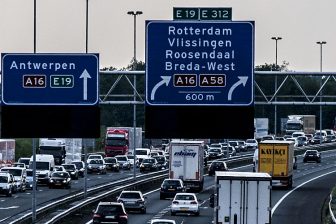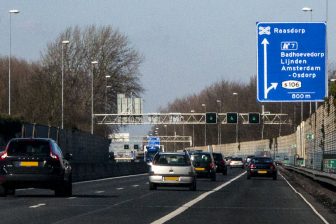European Railway Agency starts its work
Brussels, Belgium – The European Railway Agency is going to be inaugurated tomorrow in two ceremonies at Lille and Valenciennes, in the north of France. The Agency’s role will be to draw up common technical and operational rules for all European railways. Jacques Barrot, Vice President of the European Commission with responsibility for transport and Dominique Perben, French Minister of Transport, will lay the foundation stone for its offices at Valenciennes. “Harmonisation of the regulations is indispensable to the formation of Europe’s railway system. This new agency will make rail transport more competitive, safe and efficient”, Jacques Barrot said. “It is also the future of Europe’s railway industry that is at stake: standardised European products will be more competitive on world markets.”
Officially established in April 2004 with the adoption of the second railway package, the creation of the European Railway Agency is a driving force in the policy of modernisation of the European railway industry. The existence of mutually incompatible national technical regulations and safety rules in the 25 Member States is a major handicap for rail. The Agency will work to gradually align technical regulations and establish common safety objectives which all Europe’s railways must achieve.
The Agency’s work programme consists in particular of preparing the technical specifications for ERTMS, the European Rail Traffic Management System (IP/05/321). The Commission will very shortly be presenting a plan for the deployment of this system on the major priority routes of the trans-European transport network which should generate more than €5 billion in investments by 2017.
The Agency will thus be taking responsibility for the development and revision of technical specifications for interoperability for railways. A first set of these specifications were adopted in 2002 for high-speed systems. Specifications now need to be developed for conventional systems, with priority given to freight.
The revitalisation of the rail industry in Europe is a key component of the common transport policy, which aims in particular to rebalance the different modes of transport in favour of those which are the most environmentally friendly and guarantee a high level of safety.
The inauguration of the future offices at Valenciennes marks a new stage in the gradual establishment of the Agency. Under the leadership of Mr Marcel Verslype, appointed Director in October 2004 (IP/04/1341), the 25 safety and interoperability experts already recruited will be able to start work. The Agency should be fully operational by mid-2006 with around 100 experts.
The European Council of December 2003 determined that the European Railway Agency would have its seat in Lille/Valenciennes in France. It was decided then that the Agency’s offices would be located at Valenciennes while the international meetings held by the Agency would take place in Lille.
U las zojuist één van de gratis premium artikelen
Onbeperkt lezen? Profiteer nu van de introductieaanbieding voor € 10,- per maand.
Bent u al abonnee?



